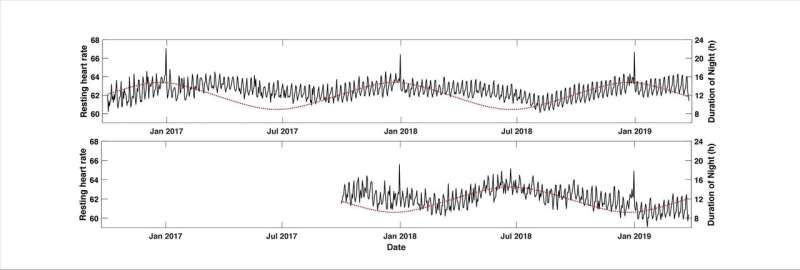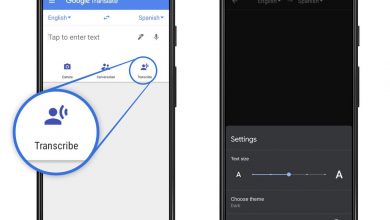Wearable technology reveals global heart rate rhythms for the first time

Can measuring well-being increase one’s well-being?
A recent doctoral research thesis reports that wearable technology developed in Northern Finland shows the potential to reveal meaningful global well-being trends. This research lays the groundwork for how wearable technology, such as the smart ring, can enable real-time assessment of well-being in the near future. Some of the main points are:
- Wearable technology empowers users to take responsibility for their well-being
- Compared to the best available benchmarks, the devices give reliable feedback
- Long-term wearable data reveals never-before-seen phenomena with potential health impacts
“Measuring many aspects of well-being can be performed accurately and reliably with the help of current technology,” says Hannu Kinnunen, author of the dissertation and Oura’s science director. “However, the responsibility for one’s own well-being lies with the person himself. Thanks to wellness technology products, one can make choices about one’s life while being more aware of their personal effects.”
Wearable technology provides knowledge, power and responsibility
Present Ph.D. work examined the accuracy of two wellness products, Polar Active and the Oura ring, and their applications. Compared to the best available benchmarks, their feedback was found to be reliable. The smallest device studied was a ring weighing about four grams only. From the pulse signal measured by it, it was possible to estimate the night-time heart rate variability describing personal recovery, almost as accurately as with the ECG method—the correlation between the ring measurements and the values obtained with the ECG method was 0.990 (n = 49). Other aspects of well-being evaluated in this work included daily physical activity, optimal sleep timing, and health-related behaviors that affect an individual’s resting heart rate dynamics.
Smaller and more comfortable wellness technology products make it possible to monitor the state of well-being as long-term trends. The study presents the nightly heart rate fluctuations of ring users in the past two and a half years. Long-term measurement reveals how the global average heart rate moves according to a weekly and seasonal rhythm, and at individual holidays.
“We know, for example, from previous studies that there’s a link between resting heart rate and heart health. In this dissertation, it was found that our nightly heart rates are usually elevated on weekends. During the summer holidays, heart rate levels fall to their lowest levels. Only by being aware of these rhythms can we make decisions that improve our well-being—for example, by sticking to a regular bedtime,” says Hannu Kinnunen.
Conclusion: So above is the Wearable technology reveals global heart rate rhythms for the first time article. Hopefully with this article you can help you in life, always follow and read our good articles on the website: Ngoinhanho101.com





